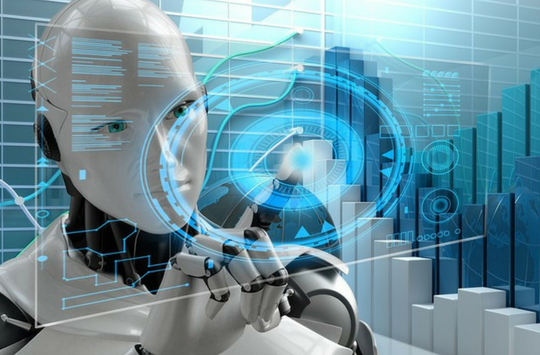Since ancient times, people have been thinking of designing machines that will replicate human intelligence. The concept of thinking machines appears in Greek myths like the ‘Talos of Crete’. It was the computer scientist Alan Turing – the man who helped crack the Nazi Enigma code – who first came up with a test to see if a machine could show the kind of intelligent behavior seen in humans. Some years later, in 1956, John McCarthy coined the term, ‘Artificial Intelligence’ (AI). He defines Artificial Intelligence as the science and engineering of making intelligent machines – intelligent because they are taught to work, react and understand language like humans do. In the decades since the Turing test was proposed, computers have become so intelligent that we often don’t realize when we’re talking to them. As a matter of fact machines powered by AI can today perform many tasks—such as recognizing complex patterns, synthesizing information, drawing conclusions, and forecasting—that not long ago were assumed to require human cognition. And as AI’s capabilities have dramatically expanded, so has its utility in a growing number of fields. Smartphones are a great example of the application of Artificial Intelligence. In utilities like predicting what a user is going to type and correcting human errors in spelling, machine intelligence is at work. Applications like Siri that act as personal assistants, GPS and Maps applications that give users the best or the shortest routes to take as well as the traffic and time estimates to reach there, use Artificial Intelligence. Applications on phones or computers that predict user actions and also make recommendations that suit user choice, are applications of AI. Thus, we see that Artificial Intelligence has made daily life a lot easier.
According to a new research Sage conducted* to grasp actual public perceptions of AI, 81% of people Sage surveyed felt optimistic about the potential of this technology to make lives better in the near future. And for good reason. AI presents a very real opportunity for businesses and people, alike. The technology powers enterprise and consumer platforms, apps and interfaces that make life easier, businesses more efficient and everything more informed thanks to troves of data. Consumers stand to benefit as well if they start interacting with businesses’ AI tools. Analyst firm Gartner predicted that 85% of all customer interactions will take place without a human agent by 2020. Using technology like a chatbot – especially as the first line of customer interaction before speaking to a person over the phone – can cut down customer wait times significantly. Using chatbot systems can inspire customers to continue opting for chat over voice calls and eliminate the ‘on hold’ process entirely. Something most people can get behind.




